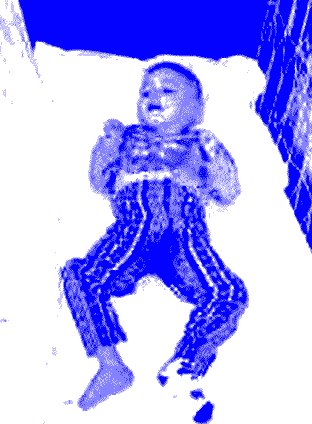Attachment Approaches (3)
Early Bowlby
 If there is separation from the mother, the child will make a protest. Strong attempts are made to re-establish contact with the primary parent in adaptive behaviour. If this results in nothing, a separation despair happens. If still separated, the child will accept care but will protect itself from any further deep attachments.
If there is separation from the mother, the child will make a protest. Strong attempts are made to re-establish contact with the primary parent in adaptive behaviour. If this results in nothing, a separation despair happens. If still separated, the child will accept care but will protect itself from any further deep attachments.
So the child is putting out a communication to its mother and the mother responds to the child's satisfaction. This gives security. Otherwise the child becomes distressed.
So the child in a systems relationship develops an attachment to its perceived primary carer through communication.
- Is the parent there - it is - then it is secure and can explore
- Is the parent there - it is not - then the child develops insecurities and adapts
The adaptation may involve a sort of coming to terms with this loss.
Once this primary carer is established a comfort is given to the child and the child is free to learn its environment.
So the early Bowlby pursued the idea of the primary carer, principally the mother.
However, Ainsworth (1963) and Schaffer & Emerson (1964) found that the child develops multiple attachments within months and these can be scores of people by eighteen months. Also some children cope better with detachment than others: trauma is far from uniform.
As a result, by 1969 there was the later Bowlby.
 If there is separation from the mother, the child will make a protest. Strong attempts are made to re-establish contact with the primary parent in adaptive behaviour. If this results in nothing, a separation despair happens. If still separated, the child will accept care but will protect itself from any further deep attachments.
If there is separation from the mother, the child will make a protest. Strong attempts are made to re-establish contact with the primary parent in adaptive behaviour. If this results in nothing, a separation despair happens. If still separated, the child will accept care but will protect itself from any further deep attachments.